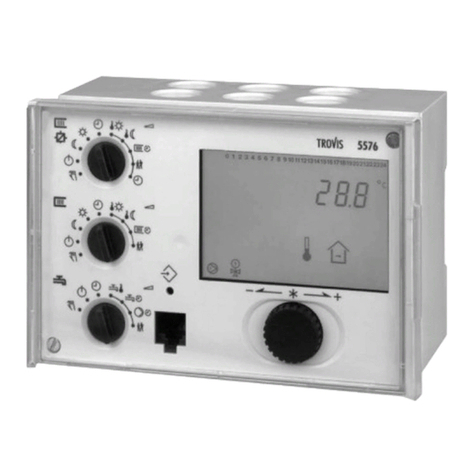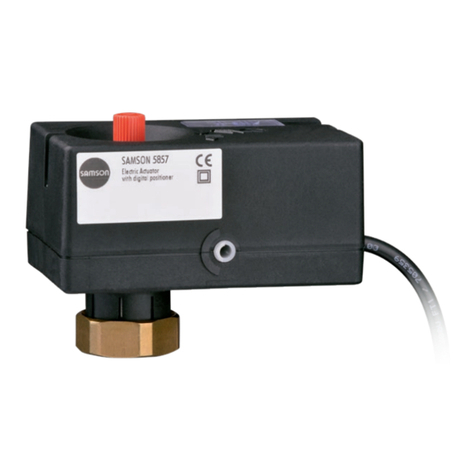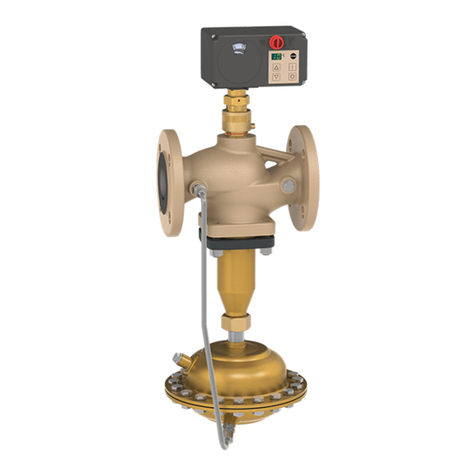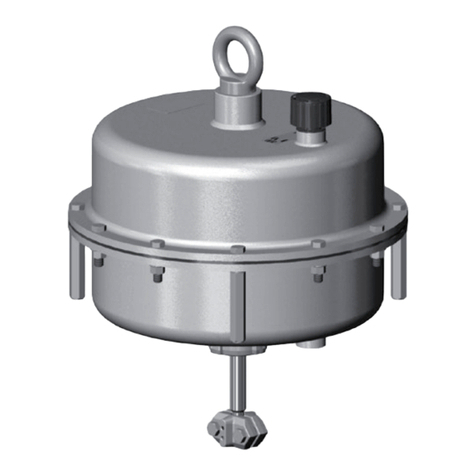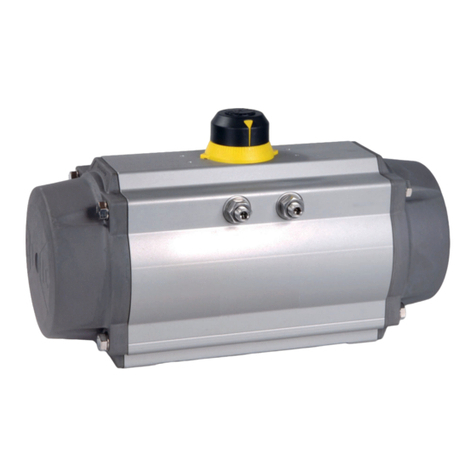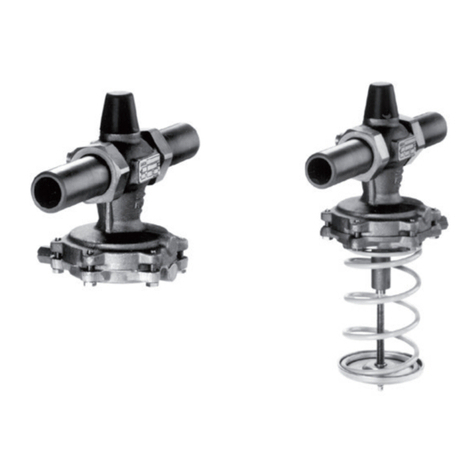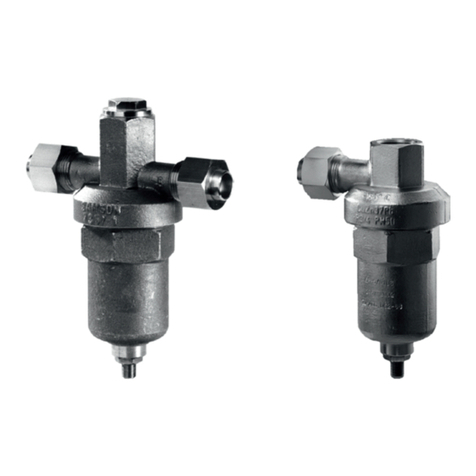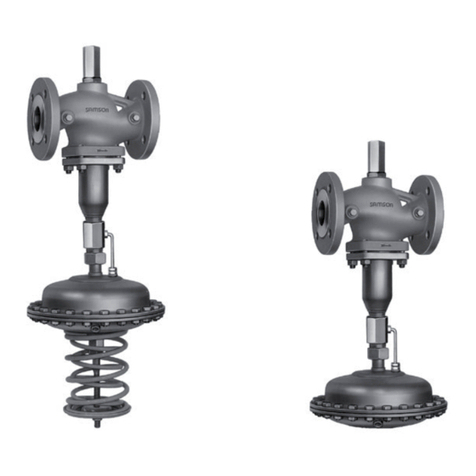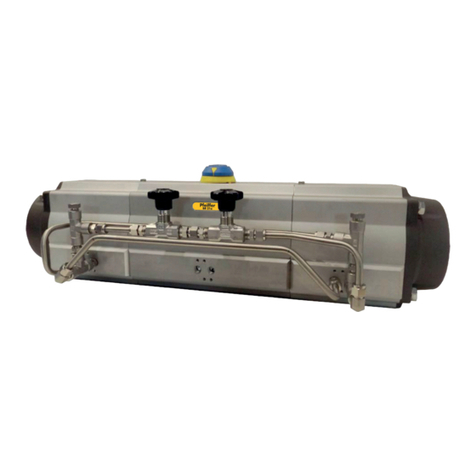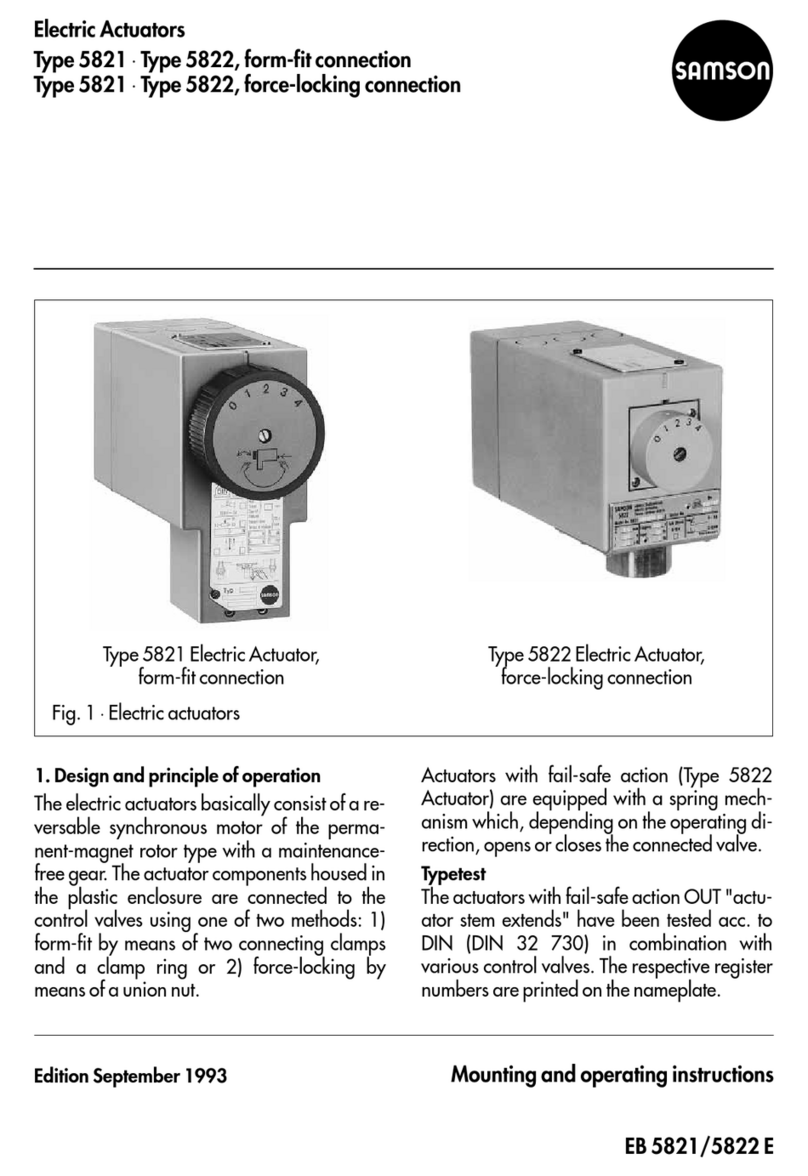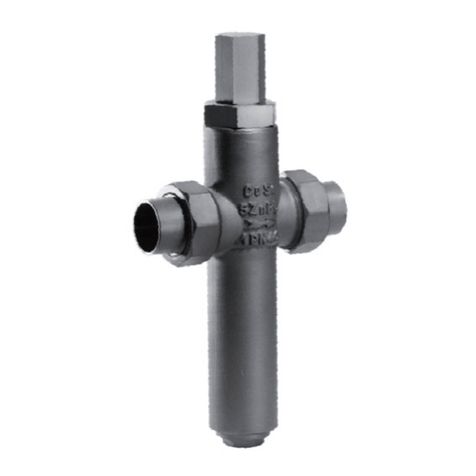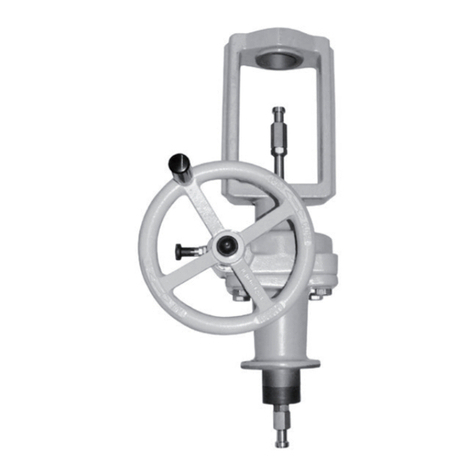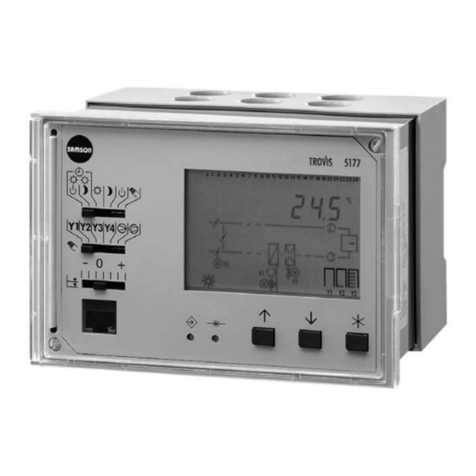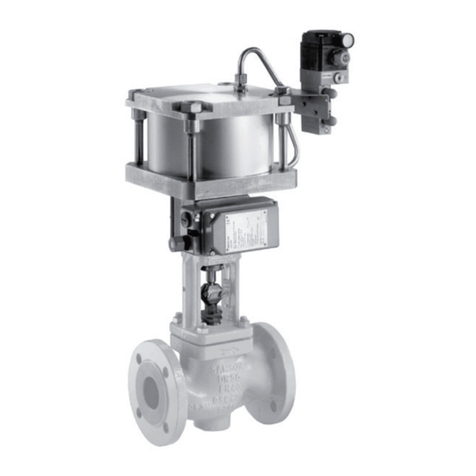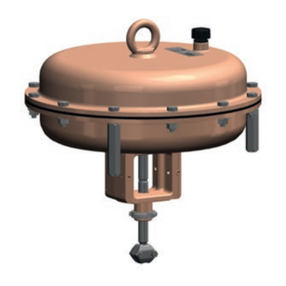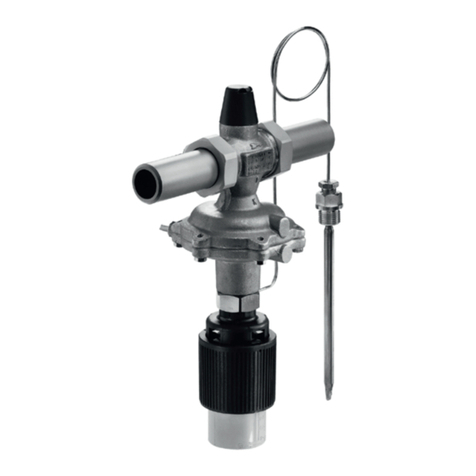
Contents
EB 6495-2 EN
1 Safety instructions and measures ................................................................1-1
1.1 Notes on possible severe personal injury ......................................................1-3
1.2 Notes on possible property damage.............................................................1-4
2 Markings on the device ..............................................................................2-1
2.1 Housing inscription .....................................................................................2-1
2.2 Article code................................................................................................2-2
2.3 Firmware versions.......................................................................................2-2
3 Design and principle of operation ...............................................................3-1
3.1 Block diagrams...........................................................................................3-4
3.2 Technical data ..........................................................................................3-12
3.3 Dimensions...............................................................................................3-16
4 Shipment and on-site transport ...................................................................4-1
4.1 Accepting the delivered goods .....................................................................4-1
4.2 Removing the packaging from the industrial controller....................................4-1
4.3 Transporting the industrial controller.............................................................4-1
4.4 Lifting the industrial controller ......................................................................4-1
4.5 Storing the industrial controller.....................................................................4-2
5 Installation.................................................................................................5-1
5.1 Installation conditions..................................................................................5-1
5.2 Preparation for installation...........................................................................5-1
5.3 Mounting the industrial controller .................................................................5-1
5.4 Installing the interface board........................................................................5-2
5.5 Electrical connection....................................................................................5-3
6 Operation..................................................................................................6-1
6.1 Device overview..........................................................................................6-1
6.2 Operating controls......................................................................................6-3
6.3 Operating structure.....................................................................................6-4
7 Start-upandconguration..........................................................................7-1
7.1 Conguration .............................................................................................7-1
7.1.1 Enteringthecongurationmenu...................................................................7-5
7.1.2 Conguringthecontroller ............................................................................7-5
7.1.1.1 Settingcongurationitems...........................................................................7-6
7.1.2.1 Congurationexample................................................................................7-7
7.1.3 Adapting the display direction .....................................................................7-8
7.1.3.1 Changing the controller display....................................................................7-9
7.1.3.2 Setting up additional display......................................................................7-11
